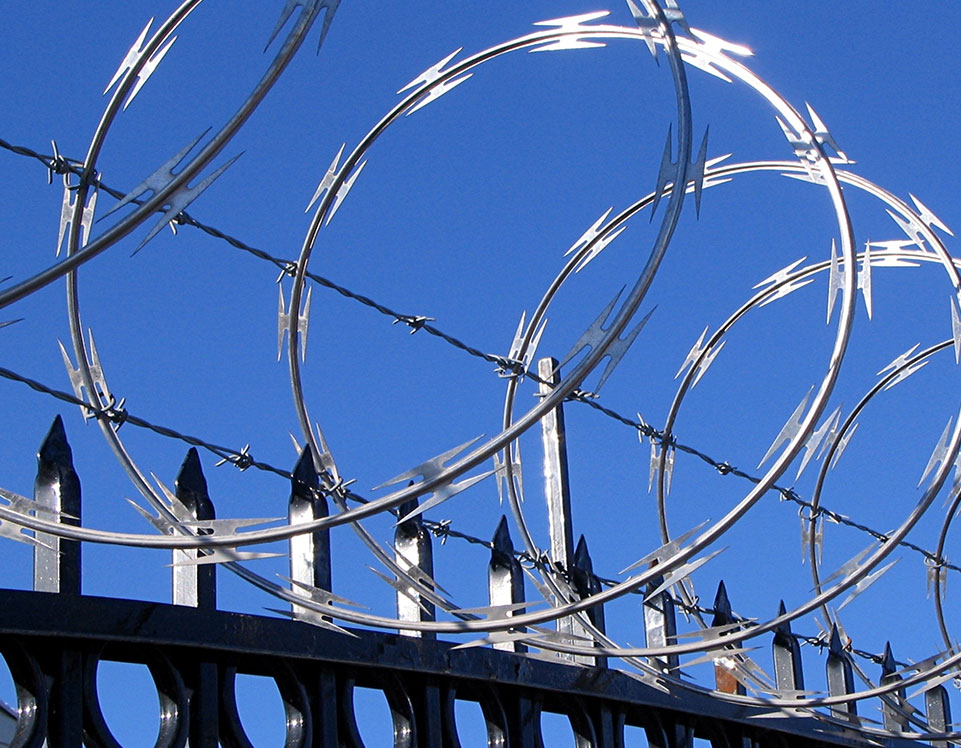The Ultimate Overview to Fiber Optic Safety Systems for Your Company
In an age where security problems are extremely important for companies, understanding the details of fiber optic innovation can be transformative. This overview outlines just how integrating fiber optic security systems not just improves information protection yet likewise offers advantages like resistance to disturbance and real-time tracking capabilities.
Recognizing Fiber Optic Technology

The core of a fiber optic cord consists of a thin glass or plastic facility, bordered by a cladding layer that mirrors light back into the core. Single-mode fibers are created for long-distance transmission, while multi-mode fibers are ideal for shorter ranges, usually utilized within structures.
Fiber optics are not only faster yet also more safe and secure than typical wiring. Their intrinsic resistance to electro-magnetic interference and the difficulty of using the signal without detection make them a favored choice for services prioritizing information integrity and safety and security. As organizations progressively depend on safe and secure and effective communication systems, comprehending fiber optic innovation comes to be necessary for educated decision-making.
Key Benefits of Fiber Optic Safety And Security
When taking into consideration safety and security choices for a service, the benefits of fiber optic systems are specifically compelling. Fiber optic technology offers remarkable data transmission rates and data transfer capability, making it optimal for dealing with high-resolution video clip feeds from surveillance cameras. This capacity guarantees that protection employees get real-time data, enhancing general feedback times to possible safety risks.
Moreover, fiber optic cable televisions are naturally resistant to electromagnetic disturbance, which can jeopardize the stability of standard copper-based systems. This resistance guarantees that the data sent stays safe and nonstop, supplying a more reliable protection infrastructure. Additionally, optical fiber are less at risk to physical damages, as they are made from glass instead of metal, lowering maintenance prices and downtime.
An additional significant advantage is the enhanced scalability of fiber optic systems. As organization requirements advance, fiber networks can be conveniently increased to fit added safety and security devices without substantial overhauls to the existing infrastructure. Fiber optic systems provide improved cybersecurity features, consisting of file encryption abilities that shield sensitive information from unapproved access. Collectively, these advantages make fiber optic protection systems a durable choice for organizations looking for to improve their safety procedures.
Installation Process and Considerations
Thinking about the complexities involved, the installment process of fiber optic security systems requires careful preparation and implementation. The first action involves an extensive website evaluation to identify optimal places for cabling and tools. This assessment should think about ecological factors, existing framework, and possible susceptabilities.

In addition, the installment has to abide by local building ordinance and industry requirements. This might consist of collaborating with different stakeholders such as building supervisors, great post to read IT groups, and security personnel to guarantee seamless combination with existing systems.
Post-installation, strenuous screening is essential to verify system efficiency and identify any kind of issues that may arise. By prioritizing these factors to consider during the installation procedure, services weblink can make sure a robust and efficient fiber optic protection system that fulfills their details safety and security demands.
Newest Technologies in Fiber Optic Security
Current developments in fiber optic modern technology have dramatically enhanced the capacities of safety systems for organizations. Among the most notable innovations is the combination of fiber optic sensing units that can spot vibrations and intrusions along the perimeter of a facility. These sensing units give real-time tracking, enabling fast response to potential violations.
Additionally, the growth of dispersed fiber optic noticing innovation permits for the continual tracking of big locations with a solitary fiber wire. This approach not just decreases setup costs yet also boosts the dependability of checking systems by getting rid of the demand for multiple, separate sensors.
Furthermore, improvements in multiplexing strategies have actually made it possible for companies to transmit vast amounts of data over fiber optic networks, boosting the capacities of video monitoring systems. High-definition video feeds can now be sent out over long distances without loss of quality, ensuring that safety and security employees have access to clear and actionable information.
Finally, making use of expert system (AI) in conjunction with fiber optic systems is link reinventing risk discovery. AI formulas can assess information from fiber optic networks to recognize unusual patterns or behaviors, allowing for proactive security measures. These innovations jointly represent a significant jump onward in fiber optic protection technology.
Selecting the Right System for Your Service
Choosing the suitable fiber optic safety and security system for your company is essential for making sure ideal security and peace of mind. To make an informed selection, assess your details protection requirements, thinking about factors such as the size of your facilities, the nature of your operations, and possible vulnerabilities.
Begin by assessing the degree of protection needed; for instance, risky atmospheres may demand innovative systems with incorporated surveillance and breach detection capabilities. Next, take into consideration scalability; as your company grows, your safety system ought to can expanding to suit enhanced needs without considerable overhauls.
Additionally, check out the integrity and performance of numerous systems. Try to find service providers with well established reputations and client testimonies that prove to their service quality. It's also a good idea to make inquiries concerning the modern technology's compatibility with existing infrastructure, guaranteeing a seamless combination procedure.
Final Thought
In conclusion, fiber optic security systems offer a robust service for improving company security frameworks. The most current developments better bolster the performance of these systems, guaranteeing that businesses continue to be protected and adaptable in an ever-evolving threat landscape.